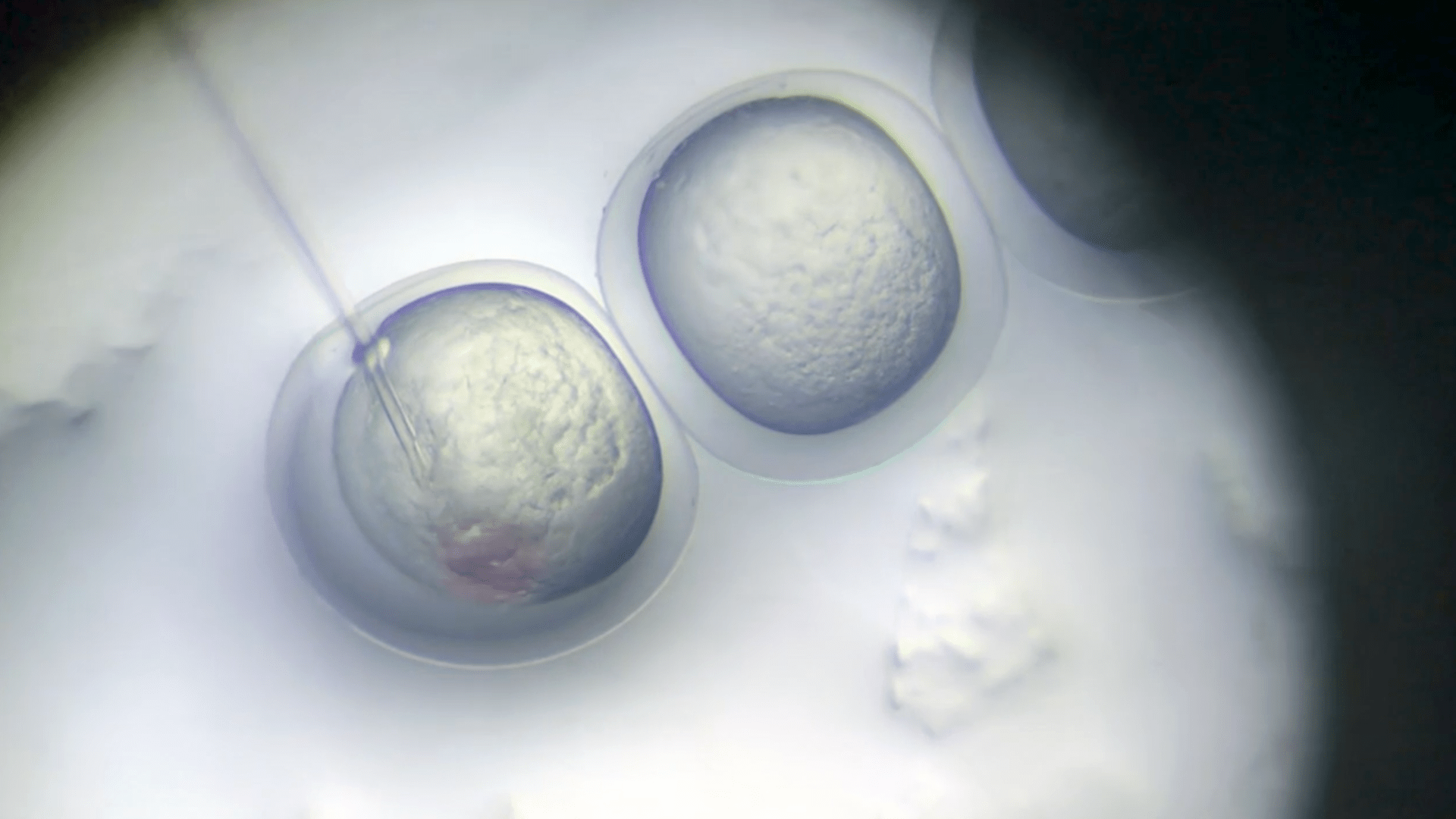Unwanted CRISPR-Cas9 mutations could be hereditary
Researchers at the SciLifeLab National Genomic Infrastructure (NGI) in Uppsala have discovered that the revolutionary CRISPR-Cas9 “genetic scissor” in some cases, can give rise to unwanted DNA changes that are inherited by the next generation. The researchers urge caution and meticulous validation before using CRISPR-Cas9 for medical applications.
CRISPR-Cas9 is an amazing tool, capable of modifying the genome in microorganism, plants and even humans. It has the potential to cure countless genetic disorders, but unfortunately, also comes with a drawback. When modifying DNA, CRISP-Cas9 can sometimes alter DNA in an unpredictable fashion. These unwanted mutations have extensively been studied in cells, but knowledge of the consequences in living organisms remains limited.
“In this project, we studied the effects of CRISPR-Cas9 in zebrafish, a small aquarium fish. Since DNA molecules and their mechanisms are similar in all animals, we think the results should be similar in humans, for example”, says Last author, Adam Ameur (NGI/Uppsala University), in a press release from Uppsala University.
The researchers studied more than 1000 zebrafish genomes from two different generations and found various kinds of mutations, both in the first generation and in the offspring. In some cases, DNA fragments that were larger than expected underwent changes, and in some cases, mutations were found in unexpected genomic locations.
“Knowing these unexpected mutations are heritable is important, since they can have long-term consequences for future generations. But that can happen only if you change the genome of embryos or germ cells,” says first author, Ida Höijer (NGI/Uppsala University).
New methods for the safe use of CRISP-Cas9 are currently being developed in healthcare, but even if these methods pose no risk to future generations, caution is advisable.
“CRISPR-Cas9 can be an amazingly valuable tool in health care. But we need to minimise the risk of unwanted effects, and we can do this by carefully validating the modified cells with the latest DNA sequencing technologies,” Ameur says.
Read the publication in Nature Communications
Photo: Beijerstiftelsen





